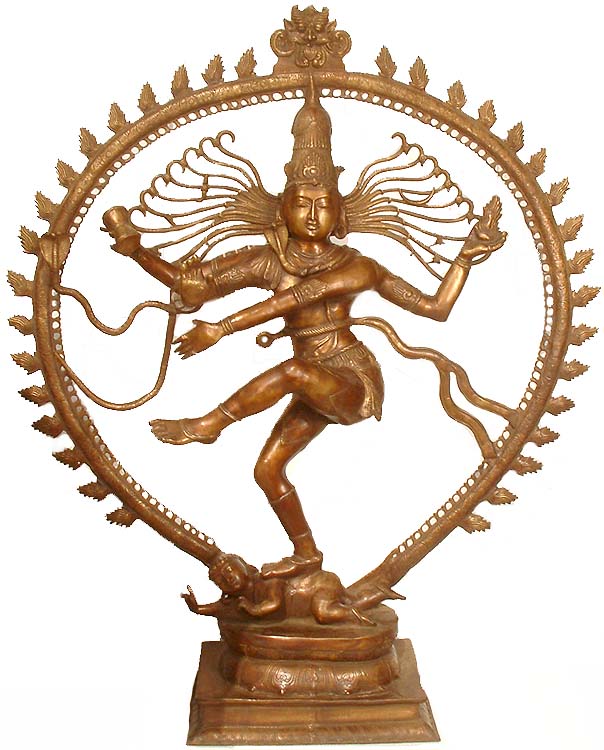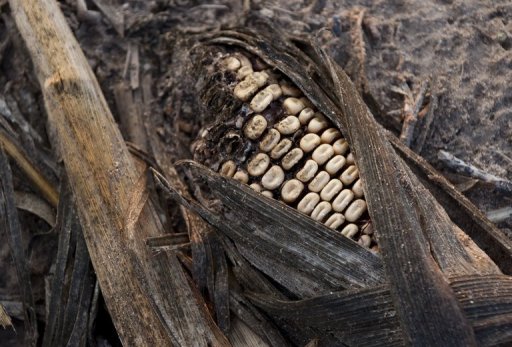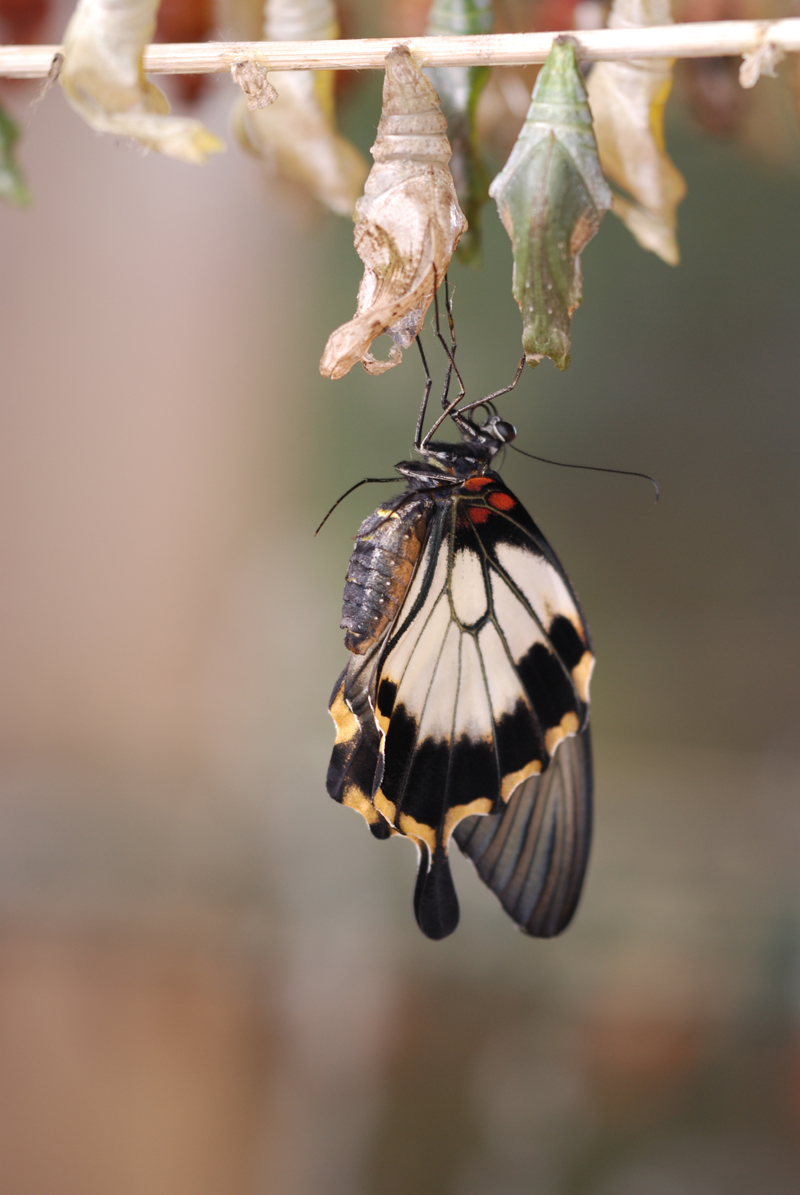Trimurti : Closing the loop in Nature
Brahma, Vishnu and Mahesh are the three Gods in the Hindu pantheon which when considered together, as a triumvirate, cover all the three aspects of the life cycles in Nature - creation, maintainence and dissolution.
This conceptualisation of Nature in Hindu philosophy and the collective importance of the three aspects in creating a balance in the Universe, can influence the way we understand Nature and our place in this natural world.
|
|
|
It might seem from what we read in the news today, that we are in a terrible cycle of destruction and that the world is about to come to an end. Climate change experts warn us of impending doom and some say that we are in the throes of Kali Yuga - an age of destruction. As grim as this picture looks, it is only one side of the simultaneous and triangular processes of Nature.
|
|
|
Srishti : the act of creation
|
|
|
Creativity is one of the most celebrated talents in modern civilisation. Artists and authors, innovators and designers have a special place in human society for their ability to create. The act of creation, is considered to be mystical and lately, theories of manifestation also highlight how this creative ability is inherent in all of life.
While we grieve the loss of species and the destruction of our environment, it is hardly possible for us to say that the creative force within Nature has been snuffed out. Even as the natural environment changes around us, the evolution of species continues.
As things go, Brahma, the diety to whom Creation is credited by the Hindus, is not the most important diety of the Trimurti. He may be the Creator, but he is not the source of creation. He himself is said to arise from the navel of the second God, Vishnu..
|
|
|
Sthiti : Preservation : Sustainability
|
|
|

|
|
Source : www.second-half.org
|
|
Lord Vishnu, is the one who preserves, protects and maintains. We could say, he is the one that makes sure the world is 'sustainable'. Vishnu is most commonly known through his avataras, Rama and Krishna, but he is also said to have taken several forms , from a fish to a boar to human forms, ( which follow an evolutionary trend) to protect the planet Earth when she was most harassed. As Lord Varaha, he is depcited specifically saving the planet Earth from a deluge brought on by 'evil' forces.
In the current pursuit of the principle of sustainability, one could say that we are looking to Vishnu once again, in the hope of finding a way to preserve life on the planet. How does Vishnu actually help with this?
When you explore the symbolism within the Dashavatara stories, his strategies to protect life vary widely. Restoring balance to the disproportionate allocation of power, managing a cosmic flood, explaining the principles of 'dharma' to humanity... the Vishnu principle brings in sanity to a confused human world.
In the text - the Vishnu Sahasranama - a thousand aspects of this principle of sustainability are described, in all its facets. In a highly complex world, balance requires an understanding of and a willingness to engage with diverse and opposing forces. Vishnu - the one who holds the Earth in his womb - Bhugarbho - encompasses this complexity. Many of his names reflect his role as the sustainer - Bhu-bhrte ( one who upholds the Earth ), Visvadharam ( the supporter of the Universe), Mahidharo ( supporter of the Earth), Dharadhara ( bearer of the Earth ).
|
|
|
Samhara : Dissolution : Transformation
|
|
|

|
|
Source: www.speakingtree.in
|
|
Mahesha, the third of the trinity is also called Maha Deva - the great Lord. Of the three he is revered as the one who is most powerful. He is also the one who transforms - for which he may need to destroy. In his fierce aspect, Rudra, he is known for his terrible anger and the dance that he breaks out into which initiates the entire cycle of creation, preservation and dissolution.
To understand the aspect of destruction in the cycles of Nature, one has to appreciate that 'permanence' is unnatural. In Nature, everything is constantly in a state of flux, energy gets transformed into matter and vice versa. The human attachment to the status quo, also reveals the extent of our attachment to life itself - our unwillingess to embrace death or celebrate the temporary existence of things.
Shiva - another name for Mahesha - is in fact considered to be the source of creation - from which both Brahma and Vishnu emerge - highlighting that transformation is the fundamental principle on which creation and sustenance are based.
Sustainability, in this light, is not an unchanging permanence, but a constant flow of energies that maintains a dynamic balance through transformation. Man made materials that do not degrade, deny this flow of energies and ultimately this attachment to 'permanence' creates deeper environmental problems. Biodegradability rather, is a more sustainable phenomenon.
|
|

|
|
Source: www.cornware.co.uk
|
|

Source: www.freeimages.com
|
|
The central message of the Trimurti, this trinity, is that all the three aspects of Creation, Sustenance and Dissolution are equally important in completing the cycle. Instinctively, we may shy away from the processes of transformation which seem unpleasant however without allowing things to die out and degrade, we cannot expect new life to take their place. The three processes happen constantly and simultaneously - not one after the other - and life forces and energy simply move from form to form. A caterpillar that dissappears into a cocoon usually emerges out as a butterfly.
|
|
So how do we understand and apply the principle that this entails? Are we going to wait for another incarnation to arrive to solve the current environmental crisis ? Is this world view relevant to us today or is it simply a relic from a past culture?
The deeper message of the Trimurti, is that in fact, within each of us there are forces that are creative, that preserve and that can at times also be destructive. In this light, Brahma, Vishnu and Mahesh all exist within each one of us, and the entire cycle is constantly playing itself out in our daily activities too.
To become conscious of our own abilities and the impacts of our actions, is to awaken these Gods within us. When this happens, we create joyfully, we protect all of life and we are unafraid of letting go of our attachment to life, when the time comes.
By watching these processes as they take place within ourselves we also become conscious that each process is happening simultaneously - not one after the other. As one form disappears, another is manifesting constantly. This awareness reduces our fear of transformation and change.
|
|
|
It might seem like we are facing the unprecedented end of a 'yuga' - but in this cyclic and simultaneous view, this has happened before and will happen again. This does not absolve us of our responsibility to preserve and protect life; rather it awakens a deeper understanding of sustainability - sustainability not as permanence but as constant change.
|
|
|
|